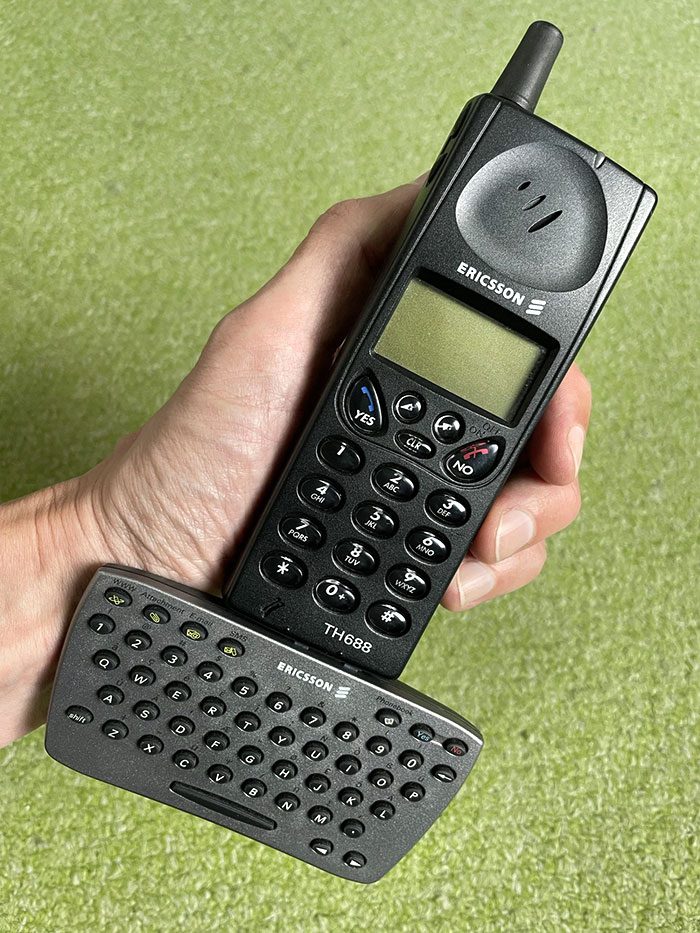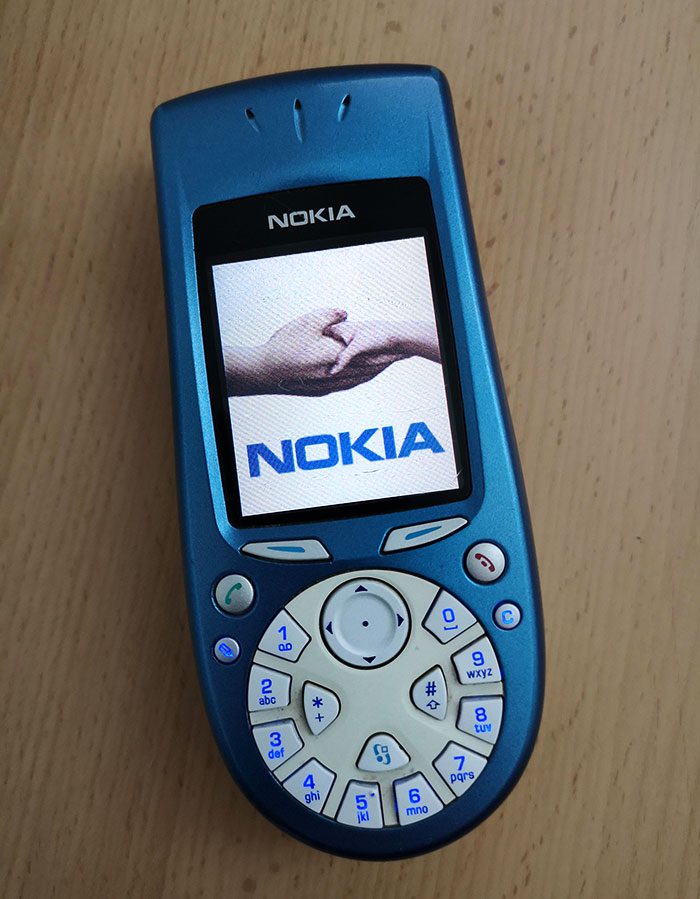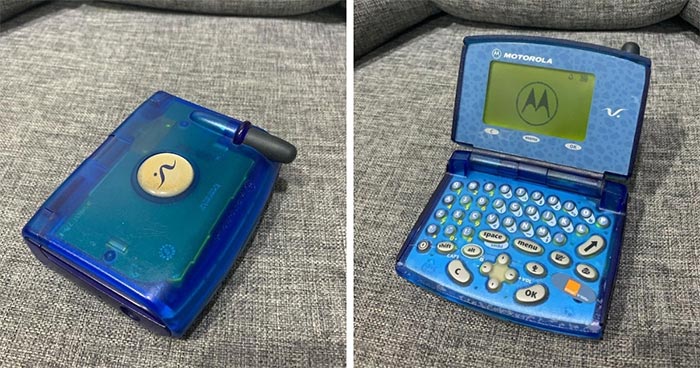Phones of Yesteryears with Unconventional Designs
Mobile phones have undoubtedly been one of the most transformative inventions of modern times, allowing individuals to carry cutting-edge technology wherever they go. This innovation sparked a revolution that accelerated the pace of life and made information more accessible than ever before. However, as with any new invention, the question arises: what comes next?

In the race to lead the mobile phone industry, prominent manufacturers began innovating futuristic designs, some of which would define the technologies of the future while others would fade into obscurity. This article explores 45 eccentric mobile phone designs that failed to make it into the 21st century, offering a nostalgic trip through forgotten visions of the future.
Among these designs is the Dualtech Mobile, exemplified by the Sony Ericsson W950i, featuring a hybrid touchscreen and button system and a stylus pen for touchscreen writing. While this device enjoyed brief success, it was ultimately overshadowed by the emergence of smartphones. Similarly, Siemens introduced the Plus Mobile SK65 in 2004, featuring a unique flip-over keypad design that made texting more accessible and compact.

In experimental designs, phones like the Phone with Keyboard by Ericsson attempted to enhance messaging capabilities by attaching an external keypad to a standard mobile phone. Meanwhile, Samsung’s SPH-N270 resembled a device straight out of science fiction with its blockish design and overtly futuristic aesthetic.
Nokia also made its mark with unconventional designs, such as the Nokia 7600, shaped like a spade or leaf, and the Nokia 7380, which resembles a small chocolate bar. Motorola joined the fray with the Motorola Aura, boasting a circular glass display and stainless steel body, albeit lacking basic functionalities like a headphone jack and memory card slot.

Other notable designs include the primitive landline phones of yesteryear, quirky novelty phones like the Duck Phone, and innovative concepts like the Google Sooner, heralding the dawn of the Android era. Despite their varying degrees of success, each of these designs contributed to the evolution of mobile technology, paving the way for the sleek and sophisticated smartphones we use today.
As we reflect on these forgotten relics of the past, it’s clear that the mobile phone industry has come a long way since its inception. While some designs may have missed the mark, their ingenuity and creativity remind us of the boundless possibilities that continue to shape the future of mobile technology.
Read the full article for more phones from the yesteryears.
